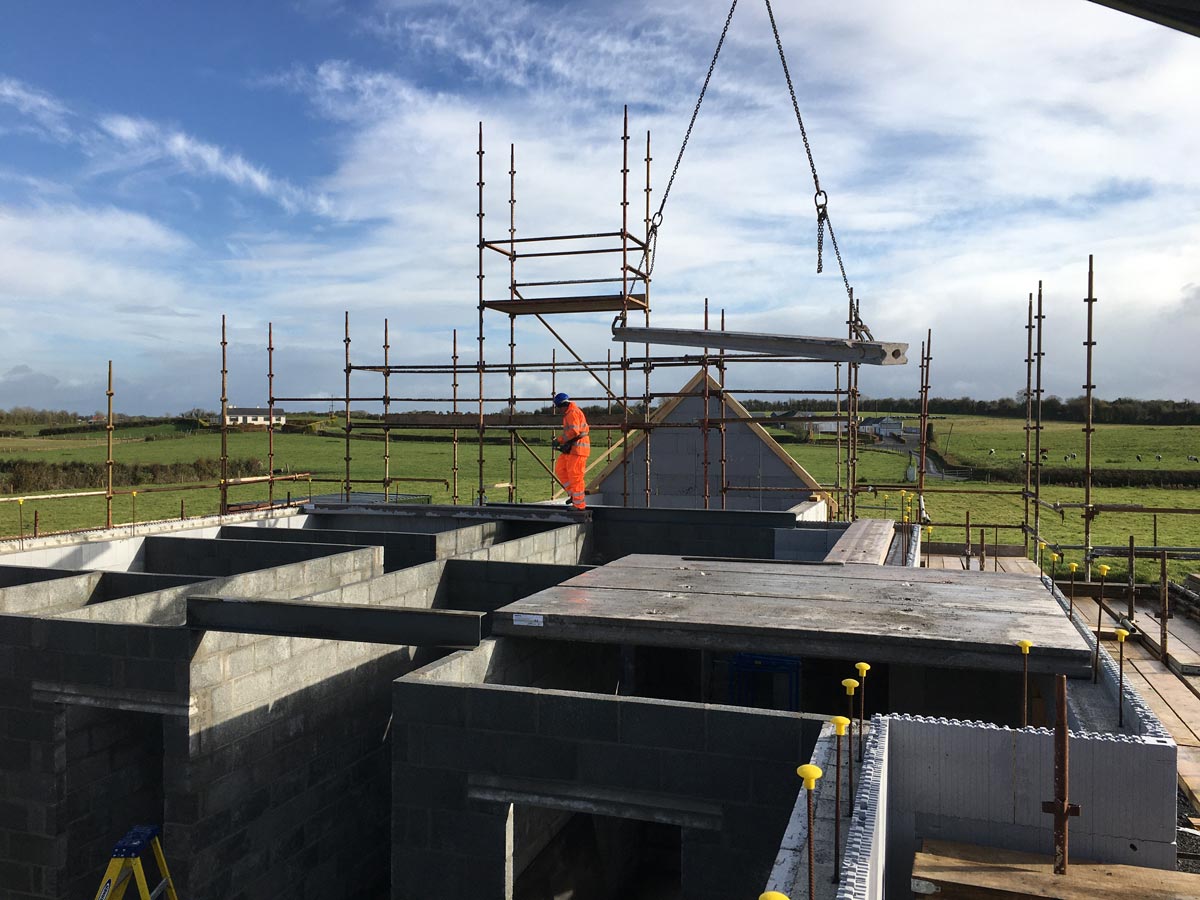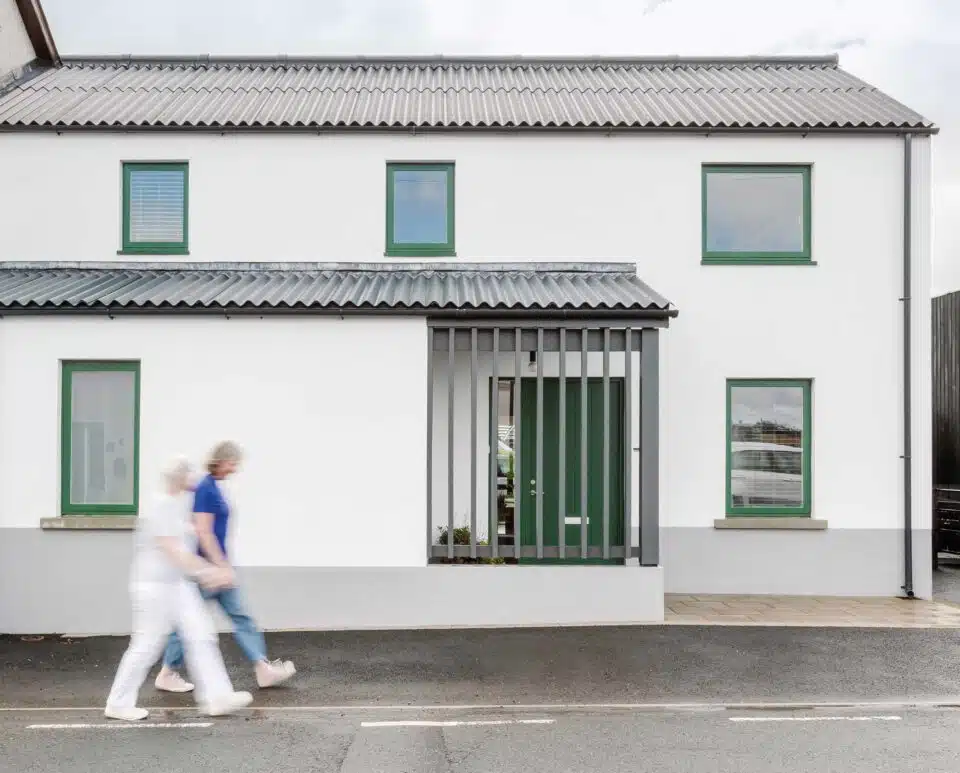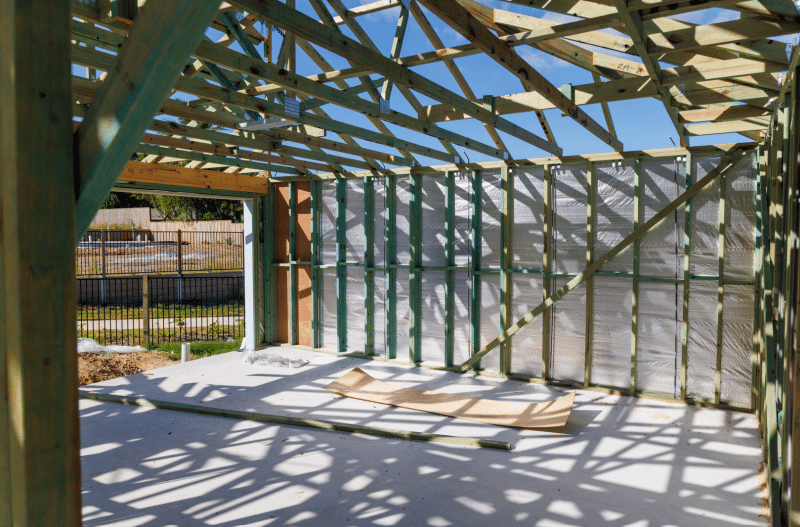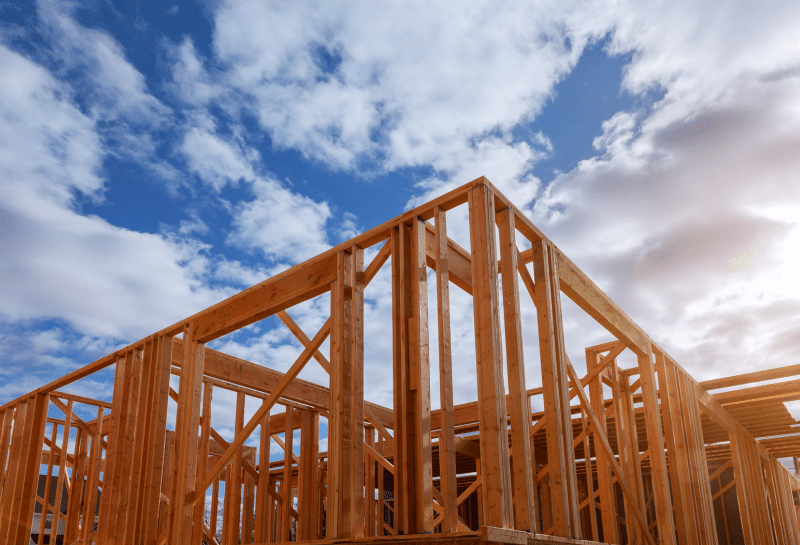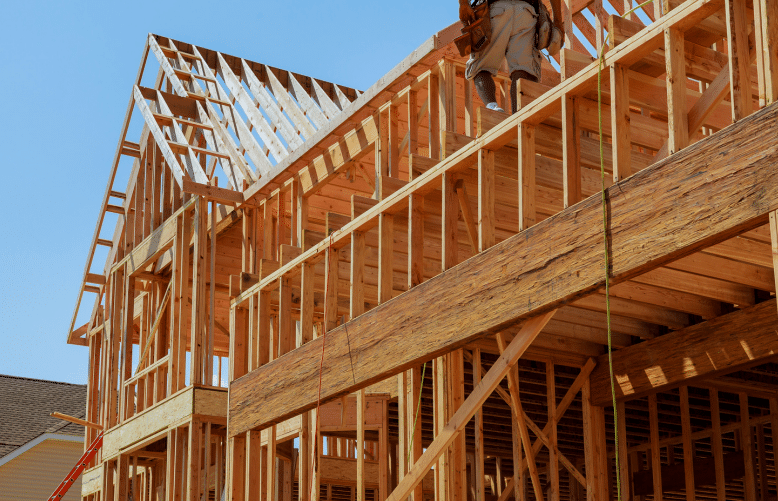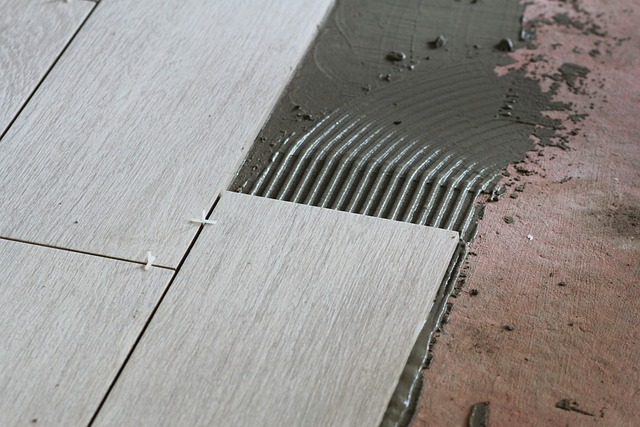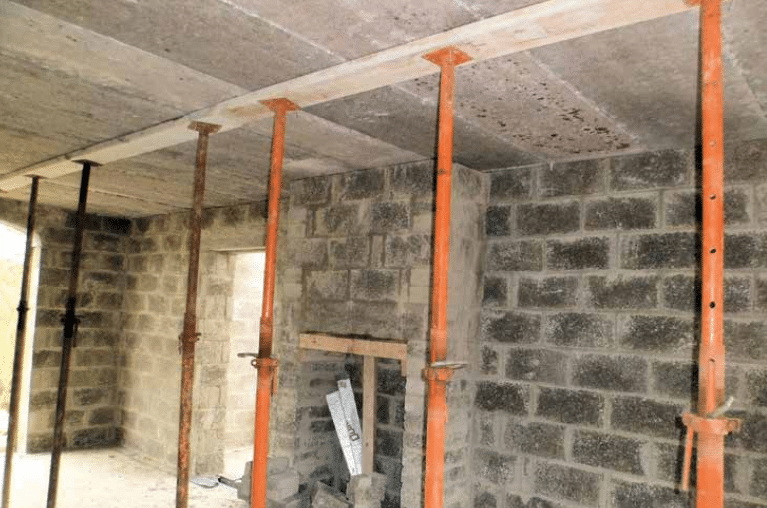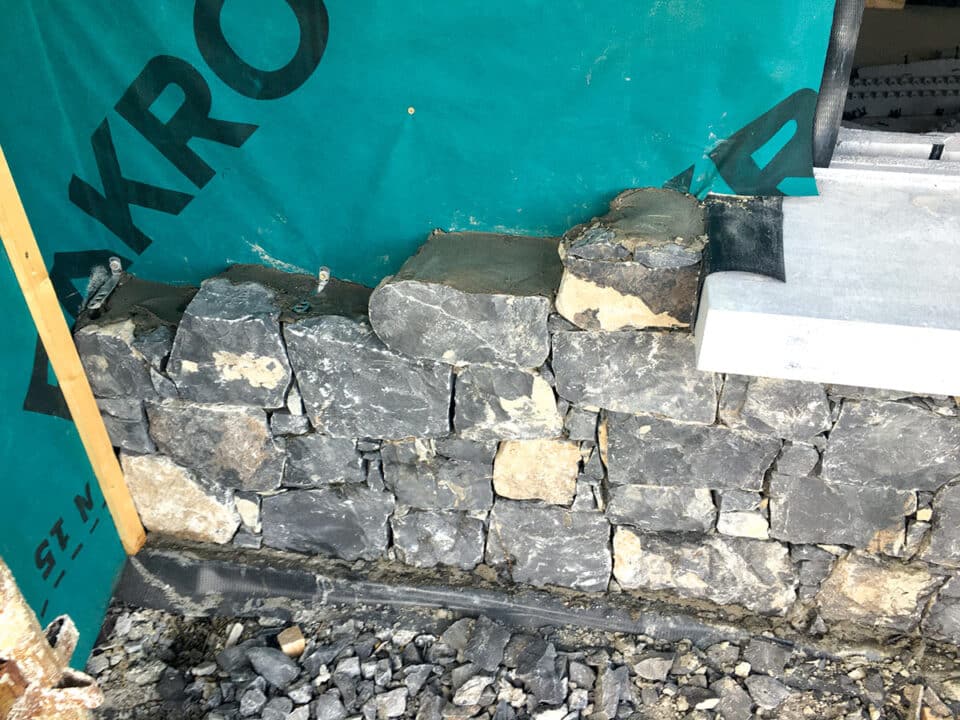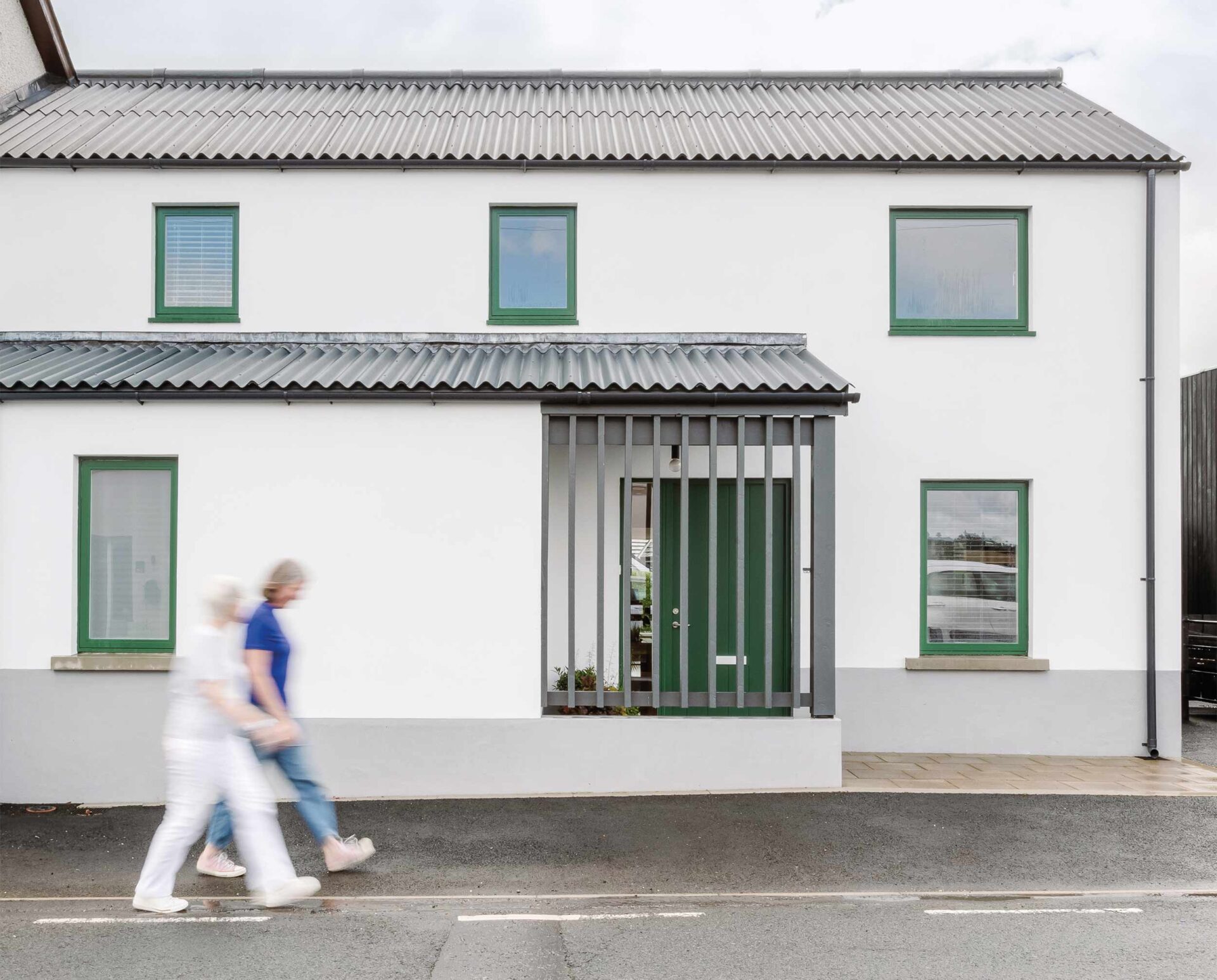In this article we cover:
- Cost considerations: is it cheaper?
- Speed of construction: is it faster?
- Specialist labour: how much it adds to costs and complexity
- Materials used: watchpoints on site
- Eco crendentials: how green a method is it?
- Extensions and renovations: how easy is it to remodel?
Cost
It is hard to talk about costs because whilst Insulating Concrete Formwork may just about compare with traditional concrete block construction it is almost certainly up to 10 per cent more expensive than a timber home. An ICF building is also heavy and its foundations have to take this into account. This costs more.
Also note that it makes less financial sense the higher you go. Not only does a mass concrete building start to become extremely heavy with more storeys but it is also more difficult to control the accuracy of the build and to prop things safely.
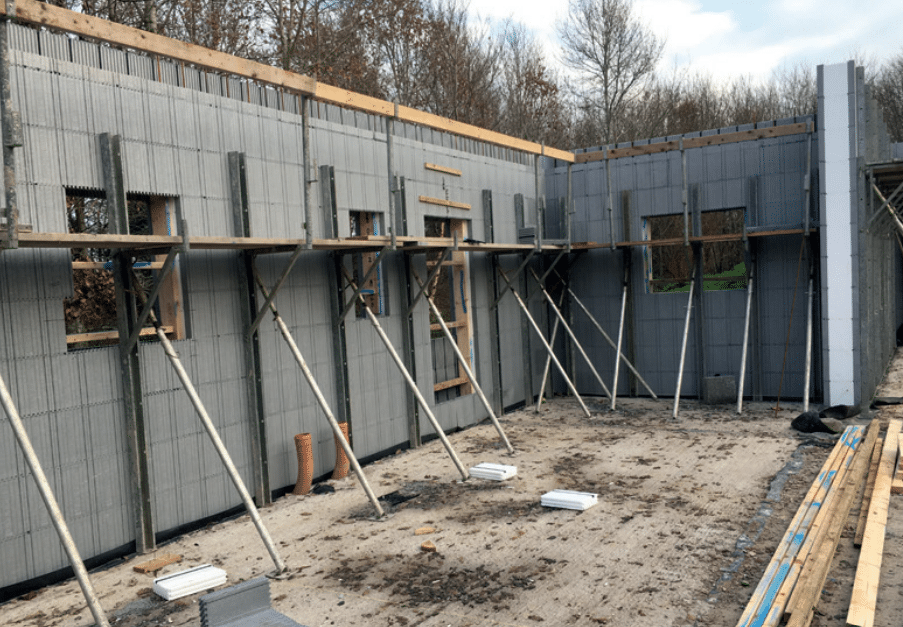
Not as fast as claimed
Whilst at first it might seem you’d put up the expanded polystyrene (EPS) blocks like Lego and then fill the cavity with concrete, things are not that simple. Foundations have to be accurately built and before any concrete can be poured the whole ICF structure has to be supported by braces (props) that are mechanically fitted to the finished concrete floor inside the building. These fixings to the finished floor indoors can mean not being able to have a polished concrete finish later.
In certain cases it’s also necessary to prop the outside walls, even if only in places. All this takes time. In fact, it can take longer to prop, plumb and level the structure than to install the blocks. And you get only one chance to get all this right.
When it comes to pouring the concrete, things have to be taken gently and methodically. You’ll need to pour in layers of no more than 1200mm per hour and not exceed a total height in any one pour of more than 3m, vibrating all the time with a poker and taking care not to damage the EPS blocks.
Then the finished pour has to be left for at least two or three days to cure. None of this can be rushed.
Most ICF builds off a standard strip foundation will need two pours just to get to first floor level on a two storey house because you’ll have to get the level up to finished floor before the second pour to fill the actual wall itself. This takes more time…and money.
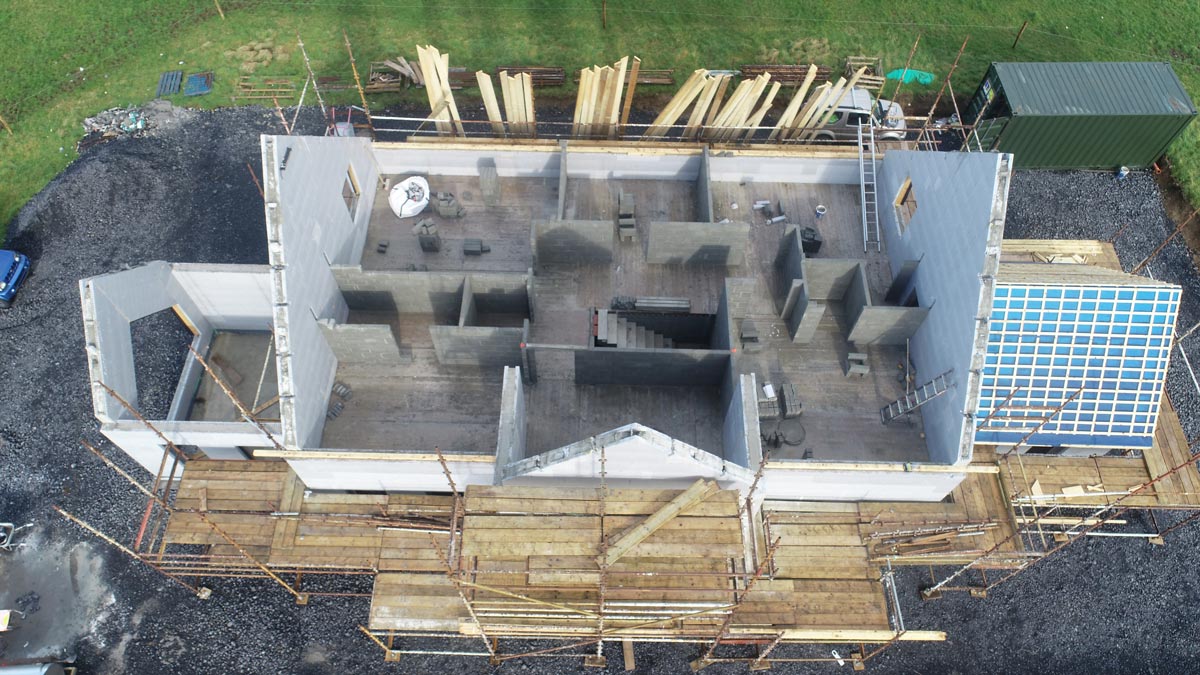
Requires meticulous attention to detail
Any building method that requires skilled labour at once increases costs as relatively few contractors can manage such a project. This is not a task for a ‘jobbing builder’ and the good professionals know this and charge accordingly. The whole process also calls for experienced design and supervision at every level to ensure that the meticulous detail required is not only specified but also adhered to.
The EPS blocks, though easy to store and carry around the site, are also prone to damage. Each block must be inspected for distortion in storage or transport and even for poor manufacture. They may need trimming on site prior to installation. All this is vital to get right or, as the concrete is poured, leaks and distortions will occur.
Furthermore, as concrete is the main material great care must be taken with its quality, specification, slump and placement. Installing the rebar can often be more difficult than anticipated, sometimes because of the positioning of the plastic spacers inside the blocks. Dealing with seams and corners can be a challenge. If ever you compromise the integrity of a block as you build, you’ll need to ensure it is still structurally sound.
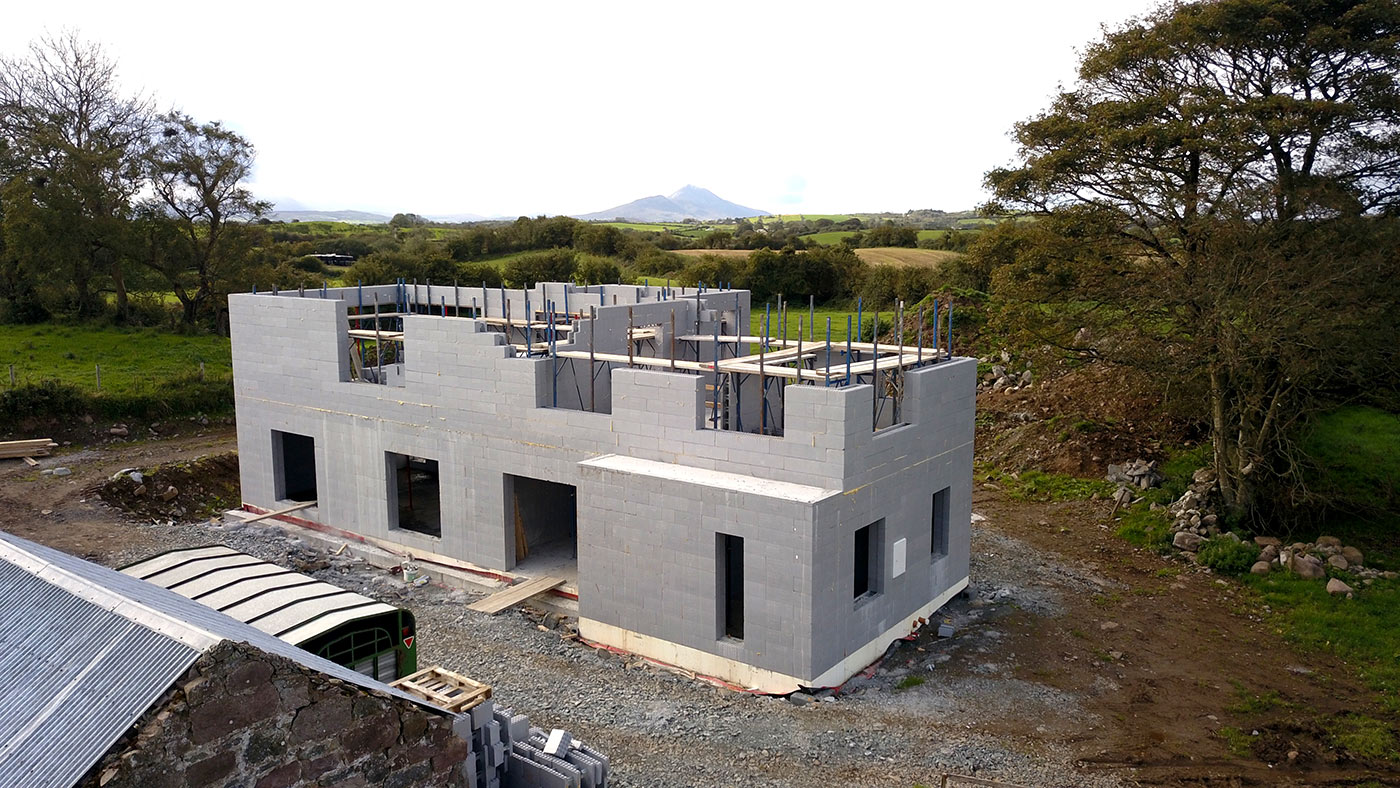
Environmental credentials
An ICF building is, in effect, mass reinforced concrete. And even the best widely available concrete today isn’t eco friendly. EPS blocks are environmentally friendly neither in their production nor in their transport and they are not biodegradable. The strength of ICF also depends on the use of rebar, itself not the planet’s best friend as, unlike with much construction steel that can be easily repurposed and recycled, rebar can be hard to remove from mass concrete.
Difficult to remodel
ICF is not a method that lends itself to remodelling later, whereas a timber structure is. And if foundation problems occur it is difficult to remedy them with an ICF building on top.

